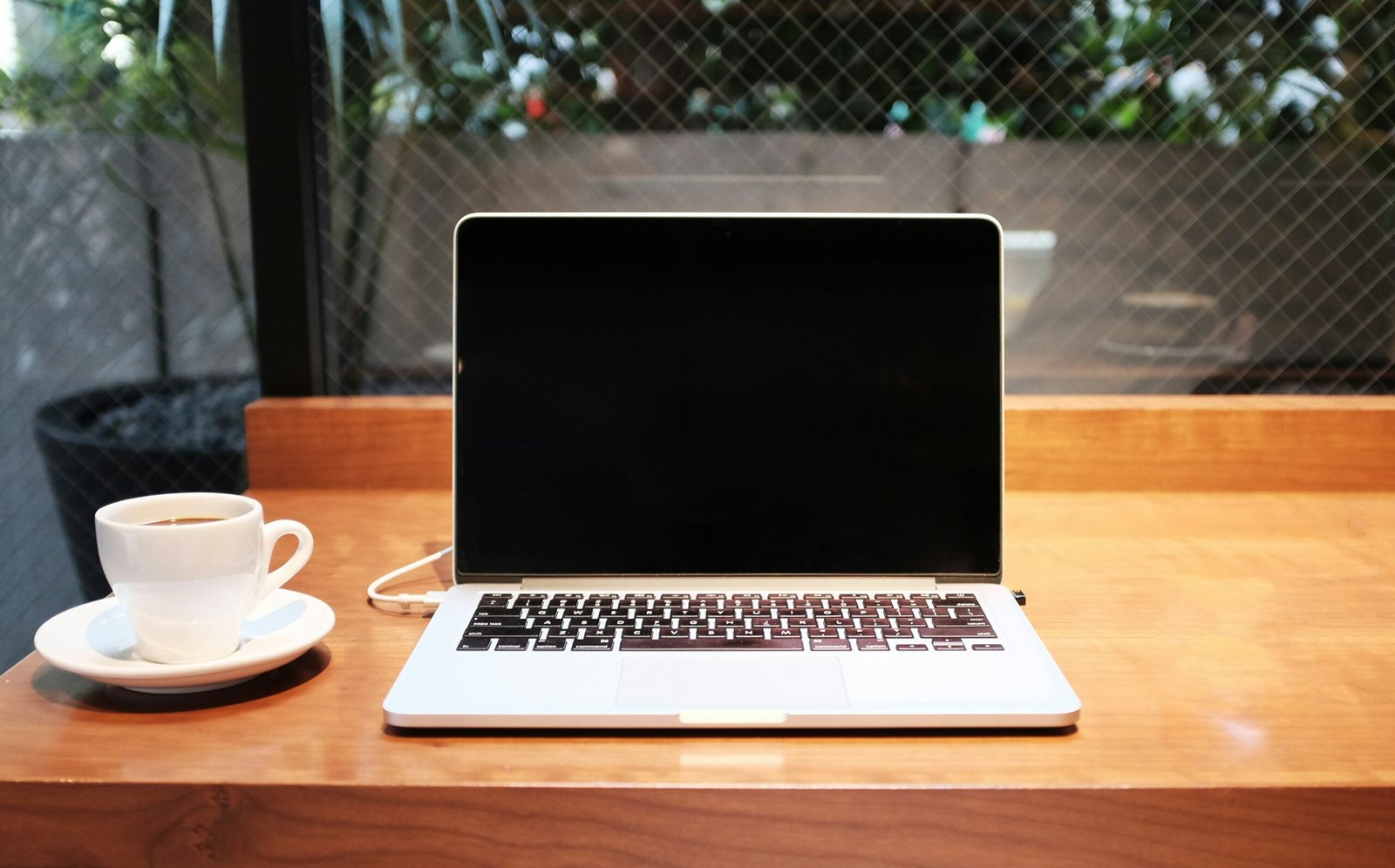Managing and Preventing Laptop Overheating: Causes, Effects, and Solutions

When it comes to electronic devices, overheating is a common problem that many users encounter, and laptops are no exception. The issue of laptops overheating can be quite frustrating and concerning, as it not only affects the performance of the device but also poses potential risks to the internal components. In this article, we will delve into the various aspects of laptop overheating, including the causes, effects, and solutions to effectively address this prevalent issue.
Understanding the Causes of Laptop Overheating
Several factors contribute to the overheating of laptops, and understanding these causes is crucial in implementing preventive measures. One of the primary reasons for laptop overheating is the accumulation of dust and debris within the internal components, particularly the cooling system. Over time, dust can obstruct the airflow and lead to inefficient cooling, causing the device to overheat.
Additionally, heavy usage and running resource-intensive applications can significantly increase the internal temperature of the laptop. Processes such as gaming, video editing, and 3D rendering can put a substantial load on the CPU and GPU, resulting in elevated heat levels. Furthermore, using the laptop on soft surfaces such as beds and couches can obstruct the ventilation, leading to inadequate heat dissipation.
Another common cause of laptop overheating is the age and deterioration of the thermal paste that is used to facilitate heat transfer between the CPU/GPU and the heat sink. As the thermal paste degrades over time, it becomes less effective in dissipating heat, thereby contributing to the overheating problem.
The Effects of Overheating on Laptops
Overheating can have detrimental effects on the performance and longevity of laptops. One of the immediate consequences of overheating is the throttling of CPU and GPU speeds by the device’s thermal management system. This is a protective measure to prevent the components from reaching critical temperatures, but it results in decreased performance and slower operation of the laptop.
Furthermore, prolonged exposure to high temperatures can cause damage to the internal components, particularly the CPU and GPU. Over time, overheating can lead to hardware failure and reduce the overall lifespan of the laptop. In extreme cases, excessive heat can even cause permanent damage to the motherboard and other critical parts of the device.
In addition to hardware issues, overheating can also impact the user experience by making the laptop uncomfortable to use. The heat generated by an overheating laptop can make the keyboard and touchpad uncomfortably hot, leading to a less-than-ideal working environment.
Effective Solutions to Address Laptop Overheating
Fortunately, there are several measures that users can take to mitigate the issue of laptop overheating. One of the simplest and most effective solutions is to regularly clean the internal components of the laptop, particularly the cooling system. This involves removing the dust and debris that accumulate over time, thereby ensuring proper airflow and heat dissipation.
Another proactive step to prevent laptop overheating is to use the device on hard and flat surfaces that allow for adequate ventilation. Investing in a laptop cooling pad with built-in fans can also significantly improve the airflow around the device, thus reducing the internal temperature.
Replacing the thermal paste on the CPU and GPU is another recommended solution to address overheating. By reapplying high-quality thermal paste, users can enhance the heat transfer capabilities and restore the efficient cooling of the laptop.
Furthermore, optimizing the power settings and managing the usage of resource-intensive applications can help in reducing the internal temperature of the laptop. Adjusting the power plan settings to prioritize energy efficiency and limiting the number of background processes can contribute to a cooler operating temperature.
It is important to note that in some cases, particularly with older laptops, professional assistance may be required to address the issue of overheating. Consulting a qualified technician can provide insights into potential hardware-related problems and the need for component replacements or repairs.
Conclusion
In conclusion, the problem of laptop overheating is a prevalent issue that can significantly impact the performance and longevity of the device. By understanding the causes, effects, and implementing effective solutions, users can effectively manage and prevent the issue of overheating. Regular maintenance, proper usage habits, and proactive measures are key in ensuring that laptops operate within optimal temperature ranges, thereby maximizing their efficiency and lifespan.



